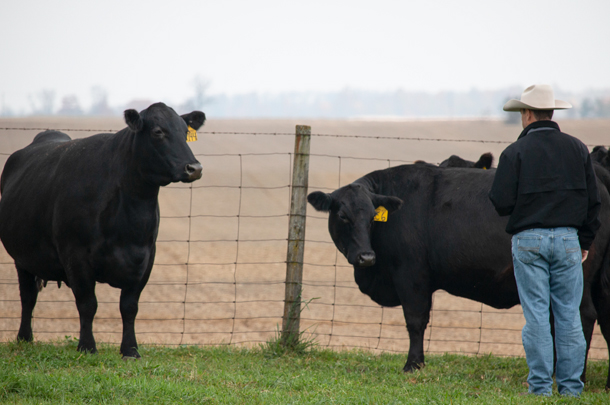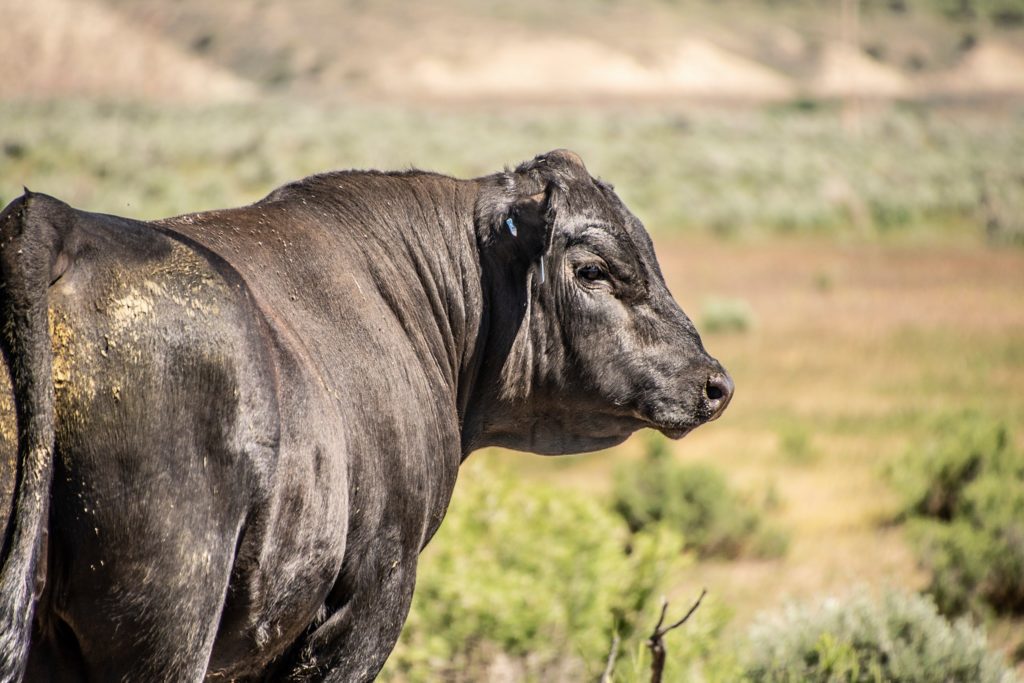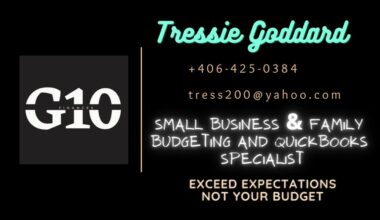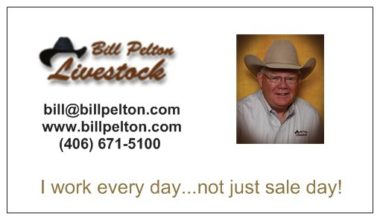As winter rolls around, people across the country are preparing for the holidays, but for beef producers, Santa and mistletoe aren’t the only highlights of the season – we have bull sales to look forward to!
Kalyn Waters for Progressive Cattle Published on 21 November 2019
While there are loads of data available to review prior to purchasing a new herd sire, there is also something to be said about putting your boots on the ground and spending some time at your seedstock producer’s operation to see how they manage their herds.
Here are three questions that should be asked when considering purchasing a bull:
1. Can I see your cow herd?
Get out there and look through their cow herd. See their heifers and their mature or running-age cows. Evaluate their herd’s ability to be productive within their environment. As a potential costumer, you can evaluate your seedstock producer’s cow herd and learn a tremendous amount about their genetic program. Ultimately, if you are buying their genetics, and retaining replacement heifers out of those bulls, their cow herd should give you a snapshot of your future cow herd.
2. What’s your culling program?
It is amazing that whenever you watch Cattlemen to Cattlemen or any other interview of a long-standing successful cow-calf operation, one of the things they always attribute their success and progression to is a solid and strict culling program. Cull cow income generally accounts for 10%-25% of a cow-calf operation’s income. However, what that number doesn’t capture is what the lack of a strict culling program will cost an operation. In addition, culling ensures the integrity of a cow-calf operation. Evaluate the benchmark culling criteria of a seedstock operation:
- What are your requirements for a female to enter your cow herd?
- Age of first calving
- Genetics
- Phonotype
- Feet/leg soundness
- Udder quality
- What production benchmarks do you cull from?
- Failure to become pregnant (culling open cows)
- Weaning weight/calf performance
- Ability to maintain body condition
3. Do your cows work for you, or do you work for your cows?
As a potential bull costumer, you should want to know what the basis management of their herd looks like. Begin with the understanding that you do not manage a seedstock herd the same way that you manage a commercial herd. With that, ask them about their feed program. What type of body condition are their cows able to maintain on summer forages, or do they have to supplement year-round? Then move onto their breeding data. What are their pregnancy rates like for both cows and heifers? Are they consistently getting good reproductive results? What about their herd health issues (pinkeye, foot rot, respiratory issues at weaning)? In addition, ask them what their calving season looks like. Are they having to pull a lot of calves? Do they have issues with udders at calving or any other time of the year?
These are just three questions that should help get the conversation started. While we can get complacent and go the sale, look at the EPDs and walk through the display pens, it is good to do your homework in advance. This is particularly important if you are buying bulls from the same seedstock producers on an annual basis. Keep in mind, if you are purchasing their genetics and keeping replacement heifers, their cow herd will give you a glimpse into the future of your herd. ![]()
PHOTO: As a potential costumer, you can evaluate your seedstock producer’s cow herd and learn a tremendous amount about their genetic program. Photo by Cassidy Woolsey.
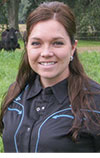
-
Kalyn Waters
- Agricultural Agent
- University of Florida Extension
- Email Kalyn Waters

